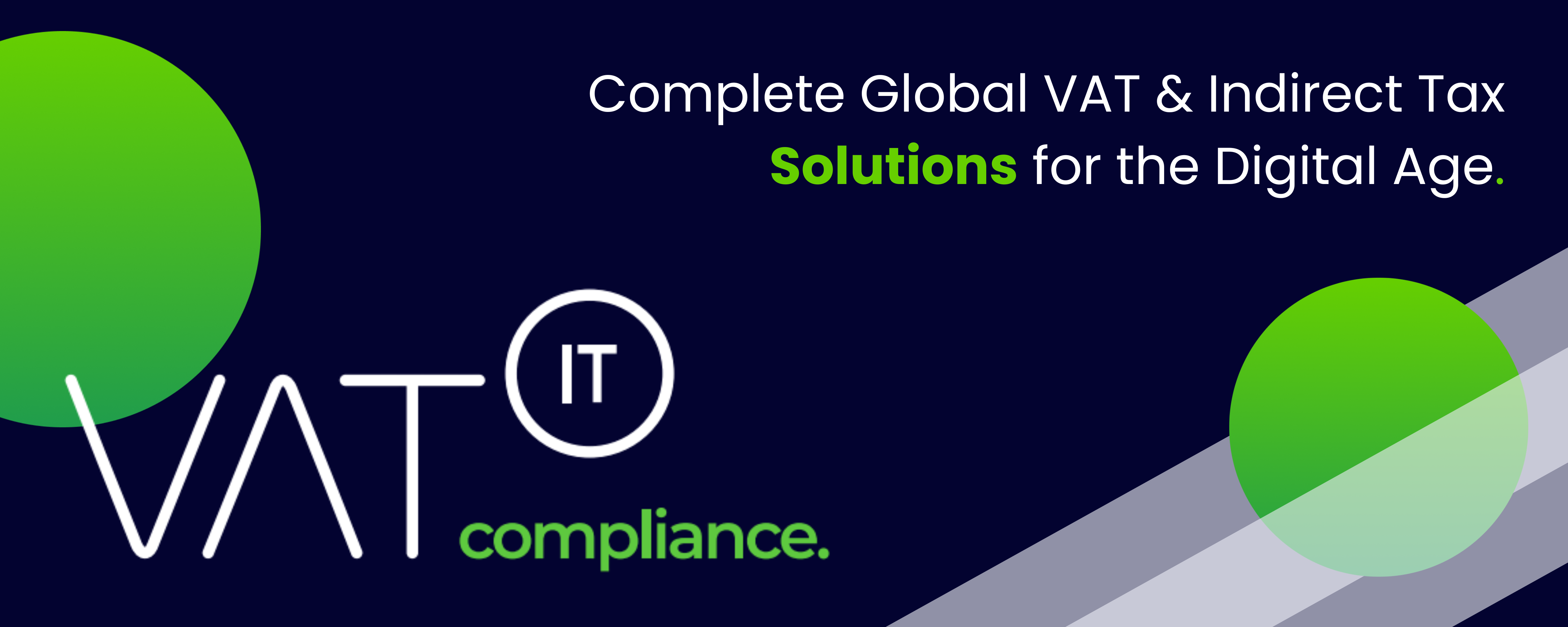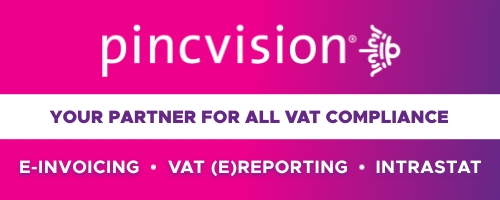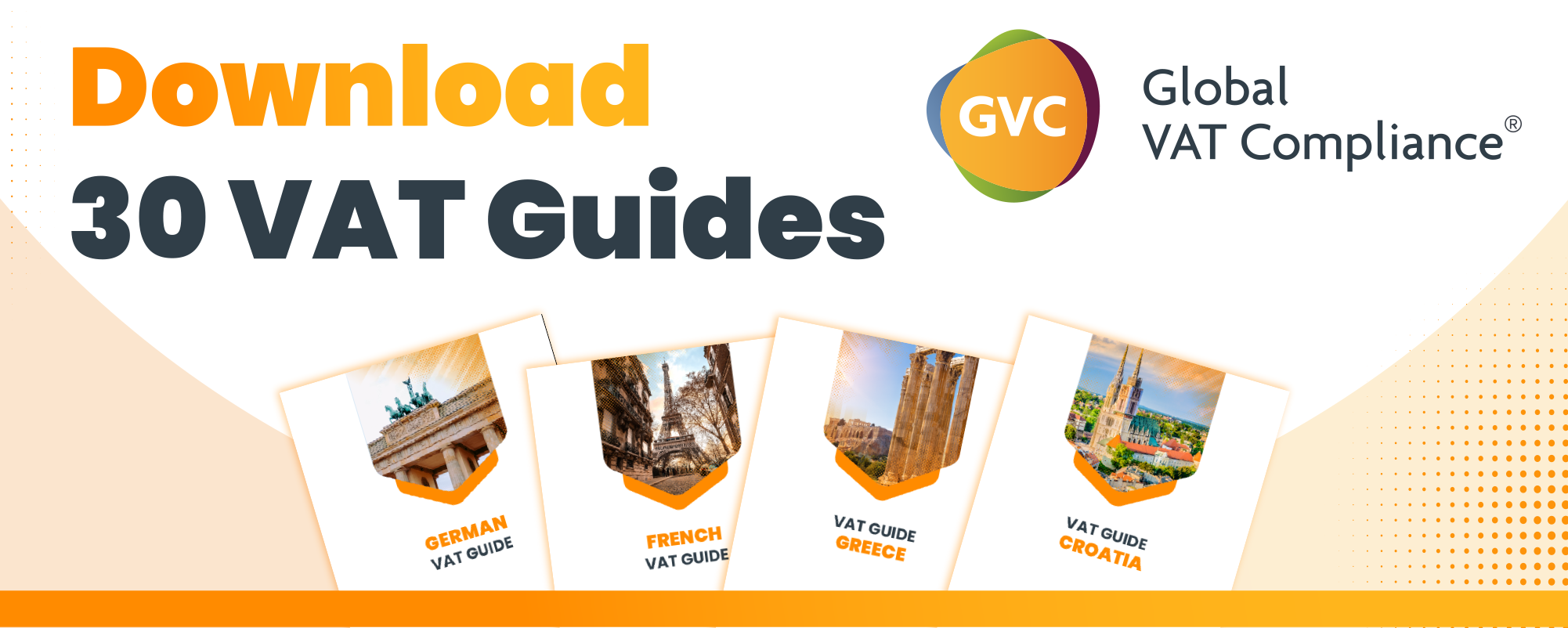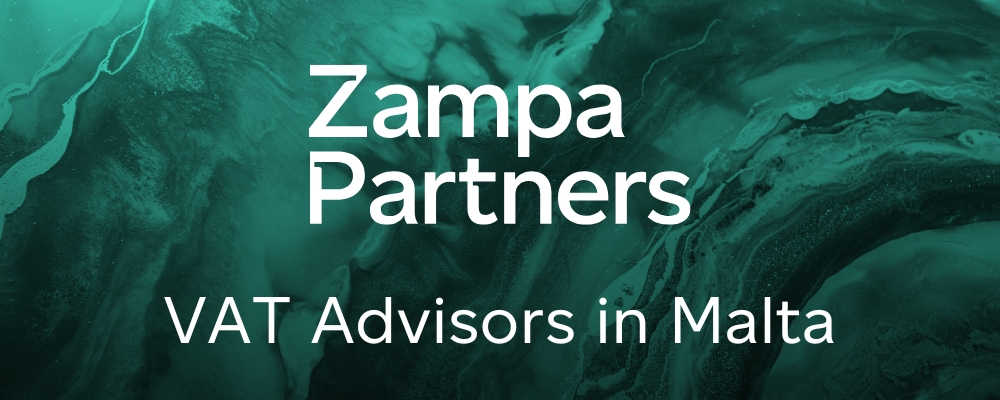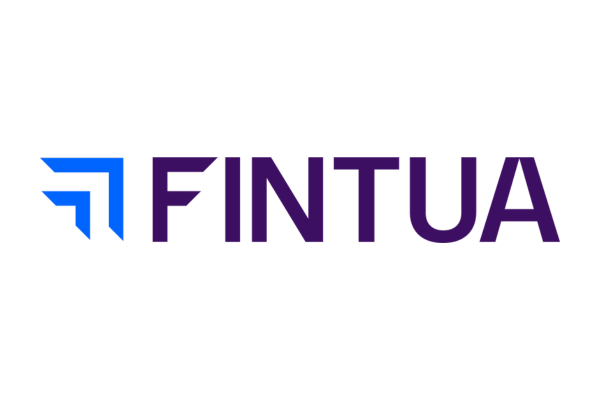On February 11, 2010, the ECJ issued its decision in the case C-88/09 (Graphic Procédé). The case dealt with the question whether Reprographics activities can either be classified as supply of goods or services.
Summary
- Article 5(1) of the Sixth Council Directive 77/388/EEC states that reprographics activities can be classified as a supply of goods or a supply of services, depending on certain factors.
- If the activities involve the mere reproduction of documents on materials where the right to dispose of them has been transferred to the customer, they are considered a supply of goods.
- However, if additional services are involved, and these services are significant in terms of importance, time, processing, and cost, such that they become the main purpose for the recipient, then the activities are classified as a supply of services.
- The classification depends on the specific circumstances and the relative importance of goods and services in the overall transaction.
Articles in the EU VAT Directive
Article 5(1) of the Sixth Directive states:
‘“Supply of goods” shall mean the transfer of the right to dispose of tangible property as owner.’
The first subparagraph of Article 6(1) of that directive provides:
‘“Supply of services” shall mean any transaction which does not constitute a supply of goods within the meaning of Article 5.’
Facts
The reprographics activities carried on by Graphic Procédé involve the production, using its own materials, of copies of documents, files and maps at the request of customers consisting, in particular, of firms of architects, design offices, museums, publishers, billboard advertisers and ministries. Graphic Procédé’s customers retain title to the original documents they have asked to be reproduced. Print runs range from one copy to several hundred copies.
As Graphic Procédé considers the transactions it carries out to be supplies of services, during the period from 1 January 1991 to 31 December 1993 it declared and paid VAT on receipt of payment for invoices.
As the tax authority took the view that the transactions carried out by Graphic Procédé consisted in supplies of goods, by means of a tax adjustment of 27 September 1994 it imposed additional assessments to VAT on that company in the amount of FRF 582 503 (approximately EUR 88 802), corresponding to the VAT which had been invoiced but not yet paid into the public purse by 31 December 1993, to which was added default interest in the amount of FRF 39 319 (approximately EUR 5 994).
Questions
What are the criteria to be employed in order to determine whether reprographics is a supply of goods or a provision of services [for the purposes of Sixth Council Directive 77/388/EEC of 17 May 1977 on the harmonisation of the laws of the Member States relating to turnover taxes – Common system of value added tax: uniform basis of assessment]?
AG Opinion
None
Decision
Article 5(1) of Sixth Council Directive 77/388/EEC of 17 May 1977 on the harmonisation of the laws of the Member States relating to turnover taxes – Common system of value added tax: uniform basis of assessment must be interpreted as meaning that reprographics activities have the characteristics of a supply of goods to the extent that they are limited to mere reproduction of documents on materials, where the right to dispose of them has been transferred from the reprographer to the customer who ordered the copies of the original. Such activities must be classified however as a ‘supply of services’, within the meaning of Article 6(1) of Sixth Directive 77/388, where it is clear that they involve additional services liable, having regard to the importance of those services for the recipient, the time necessary to perform them, the processing required by the original documents and the proportion of the total cost that those services represent, to be predominant in relation to the supply of goods, such that they constitute an aim in themselves for the recipient thereof.
Source
Similar ECJ cases
How did countries implement the case?
- Sweden: Deloitte
Newsletters





